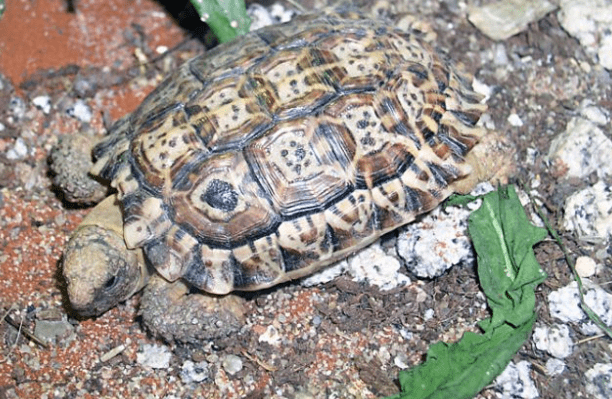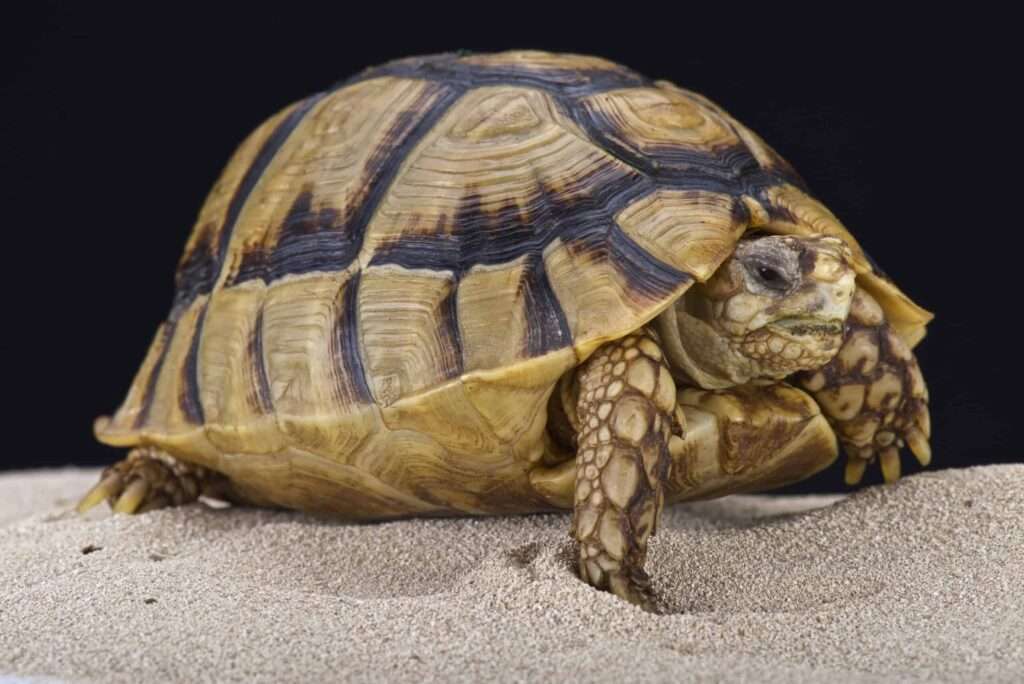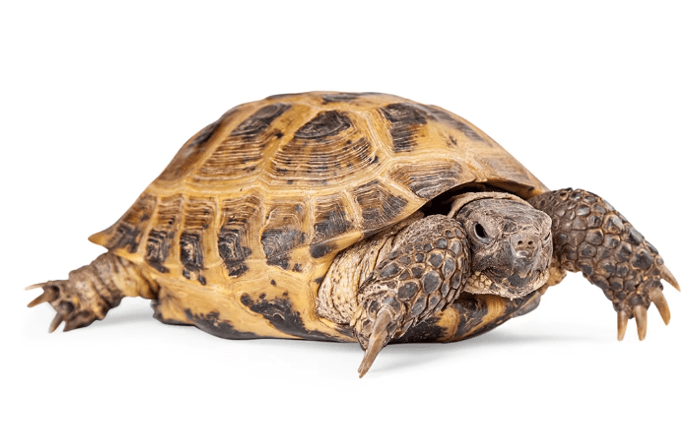
Description
Aldabrachelys gigantea, a species of native to the Seychelles, is the name of this tortoise. The Aldabra giant tortoise has a high, domlike carapace that is brown or tan in colour. It supports its large body on stocky, highly scaled legs. Even for its enormous size, the tortoise’s neck is incredibly long, which allows it to use tree branches up to a meter above the ground as a food source. In this species, females are often smaller than males.
Habitat
The Aldabra tortoise is unique to the Aldabra Atoll in the Seychelles, an archipelago republic located in the western Indian Ocean about 1,497 kilometers (930 miles) east of Africa and northeast of Madagascar. Additional populations have been brought to Mauritius, certain central Seychelles islands, and Réunion. The places these terrestrial animals call home include mangrove swamps, scrub woods, coastal beaches, and dunes, each with its own distinctive flora. The “platins,” which are grasslands, have the largest populations.
Behavior
The Aldabra giant tortoises spend the majority of the day in burrows or swamps to stay cool. They are primarily active in the early morning and the late evening. To stay cool during the sweltering summer, they create wallows, hide in small caverns or behind shady trees, and swim in pools. They will recline with the underside of their shell on the ground when dozing off, with their limbs and heads slightly retracted. Large males will walk with their carapace high above the ground and their limbs fully stretched vertically. In locations with a plenty of food, one can find these tortoises both alone and in groups. It will immediately pull its head back and back away when it feels threatened. While foraging, a tortoise will extend its neck completely, and occasionally it will rear up against trees. This species is known to switch up its habitats seasonally. They are uniformly distributed across all of the habitats during dry seasons. When the first rain arrives, they go towards the wide grasslands and coastal scrub.

Keeping as Pet
Housing
The ideal environment for housing Aldabra tortoises is outdoors. Hatchlings can be kept indoors until they are 2 years old, but after that they require access to the broad outdoors so they can roam. Tortoise tubs or a comparable function very well for infants up to one year old. Use crushed bark or coconut meat as the enclosure’s base. Create a space with an enclosure that has an ambient temperature of around 80 degrees and a hotspot of about 90 degrees at one end. Mercury vapour lamps are ideal for this since they combine UVB and heat into a single unit.
As a general rule, the larger the outdoor enclosure, the better since aldabra tortoises grow big. The paddock space measures 100 feet by 30 feet, and the wall is just over two feet high. The size of your paddock can change according on how many animals you intend to house. Temperatures between 80 and 95 degrees are ideal for aldabra tortoises. Make sure your tortoise house has heat lamps, heat emitters, and/or big outdoor heat pads (sometimes known as “pig blankets”) so it can stay at the right temperature even when it’s freezing outside.
Diet
In captivity, they will consume leafy greens of all kinds, grass, flowers, cactus pads, and prepared tortoise chow. They enjoy fruit and melons as well.
Table





